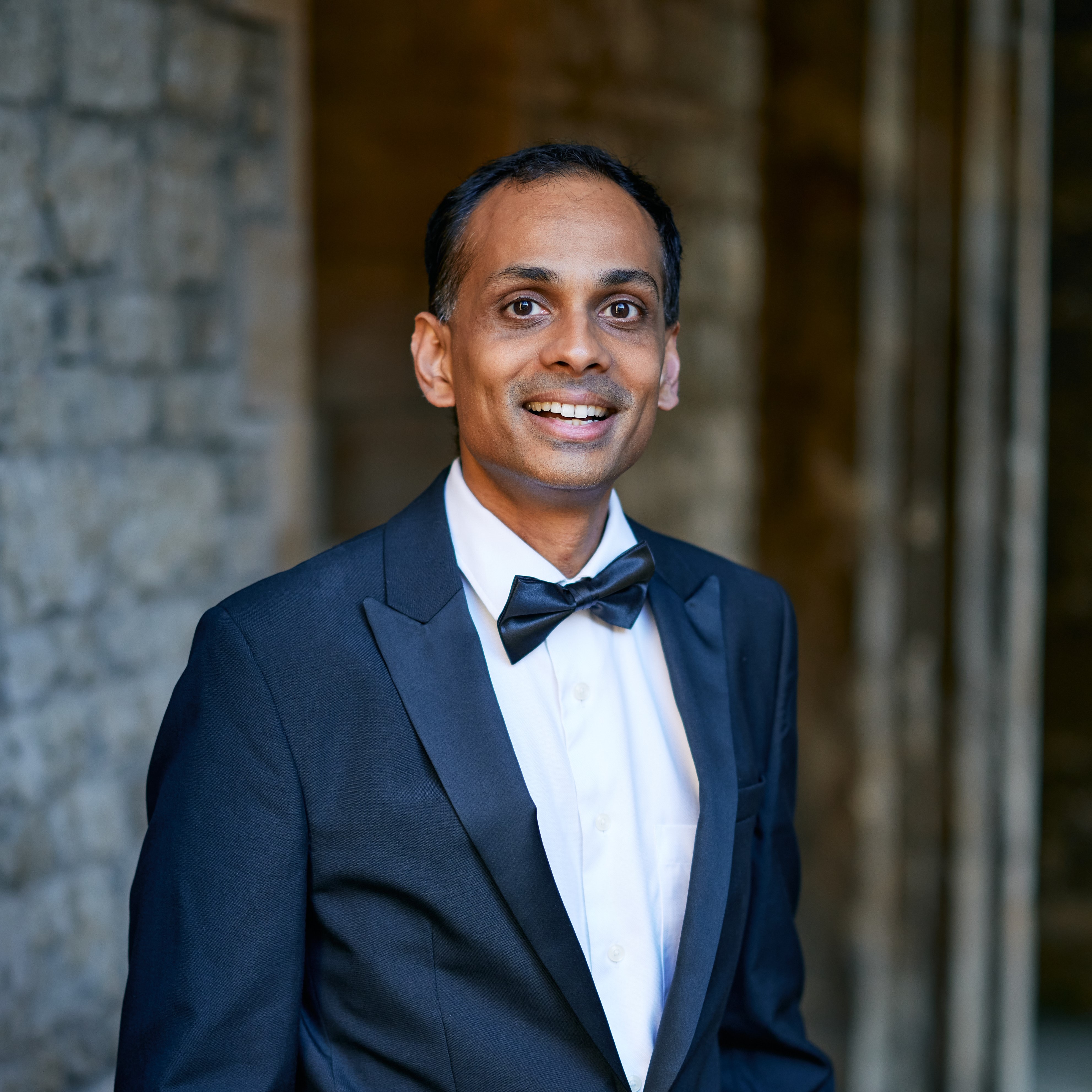As an engineer, former academic researcher and as a Dutchman of South Indian origin, I have imbibed meticulous, rigorous and innovative engineering, academically, professionally and culturally. 'Focus on the fundamental understanding by deconstructing that complex system into its constituent parts', 'excel through the rigorous application of the governing principles' and 'lead with scientific rigour and engineering ingenuity'; I have been fortunate to receive these pieces of advice in my career and I consider them mantras for life.
But as I have grown professionally and personally, this single-minded pursuit of engineering excellence has sometimes felt incomplete, inadequate or even disconnected from a larger overarching context and purpose. Working at a pioneering and innovative company that enables the build-out of offshore wind energy at scale, the focus of my day-to-day work is primarily on the technology, the engineering that enables it, and project management. However, by taking a broader view, one that is focussed on client needs and is aware of the rapidly evolving offshore wind market, I knew I could help steer our company’s innovation strategy and contribute to its long-term financial success. But that still left me with a number of questions on how best to construct that comprehensive perspective and how to translate such a perspective into practice.
As a company, how do we know when to invest in a promising product or technology and when we should cut our losses after sustained investments? What go-to-market strategies could help us launch competitive products in nascent markets? Are there organisational changes that we can make to best serve the changing needs of our customers? I was looking for answers to these complex questions.
The Oxford Executive Diploma in Strategy and Innovation has given me the knowledge, tools, vocabulary and confidence to now begin to answer these questions. I have learned how nimble firms take advantage of dynamic internal capabilities to create and capture value. In innovation strategy, I have learned to ‘surf the waves’ of technological S-curves, weigh inventions with complementary assets, and apply design thinking to facilitate creative processes in flat organisations. I have already taken some of learnings and applied them to my company’s products, markets and clients.
The programme has given me the ability to analyse, iterate and perfect fledgling strategic ideas using framework analysis, case study analogy and vigorous debate with professors and my fellow students. This strategic thinking has given me renewed context and purpose in that aforementioned pursuit of engineering excellence.
Today, offshore wind energy faces significant headwinds. Just as the world needs renewable energy at scale more than ever before, the business models that support the offshore wind supply chain are near breaking point. To create a world that runs entirely on green energy (credit goes to Ørsted for advancing this aspirational vision), healthy business models pioneered by a dynamic and diligent industry are facilitated by receptive governments and societies. Even in this broader context, the concepts and frameworks studied on this Executive Diploma have already helped me to unpack and understand more deeply the challenges and opportunities for offshore wind as it strives to move from 'eco-bling' to mainstream.
The Executive Diploma in Strategy and Innovation has been transformational, and I cherish the interactions with brilliant professors and my accomplished fellow classmates. I am thrilled to be able to take the learnings from the modules in Oxford and apply them to create a world that runs entirely on green energy.





